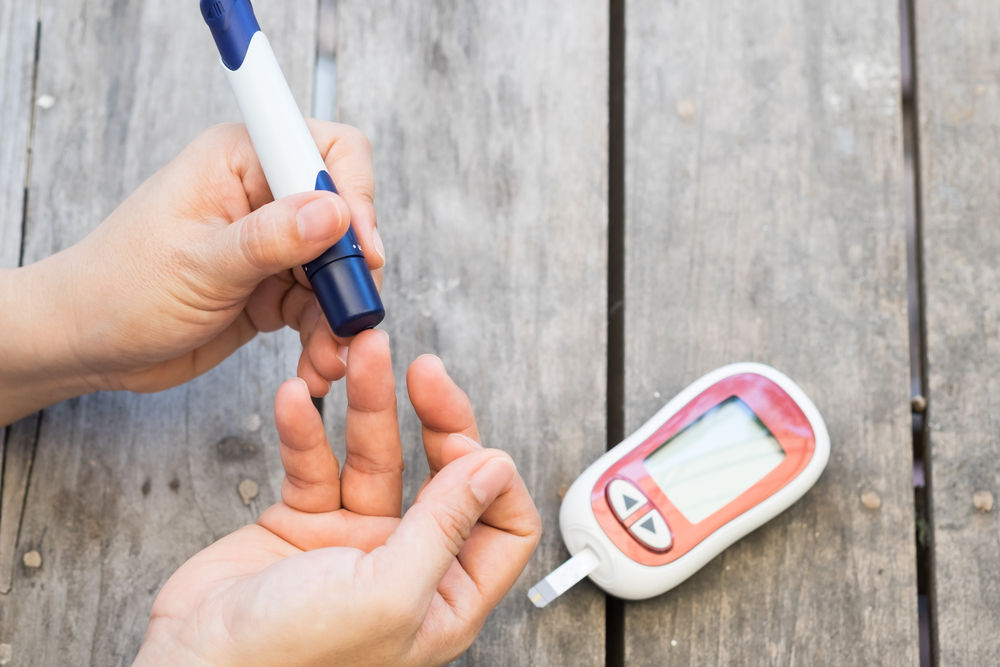Gestational Diabetes – Here’S What You Need To Know
Gestational diabetes – Here’s what you need to know
Gestational diabetes is a form of high blood sugar condition that develops during pregnancy. In this type of diabetes, the glucose levels spike up as the pregnancy progresses, so the body finds it increasingly difficult to produce the required amount of insulin. It is estimated that around 18% of the expectant mothers experience this type of diabetes. Although, on the bright side only 3% of the total gestational diabetes cases are known to cause any complications.

Is pre-existing diabetes also referred to as gestational diabetes?
Gestational diabetes is not to be confused with pre-existing diabetes. The former only affects women during pregnancy and goes away post childbirth. On the other hand, women with pre-existing diabetes condition will continue to have diabetes during and after the delivery. Moreover, mothers with pre-existing diabetes have to be extra careful while managing the pregnancy as they are at higher risk of experiencing issues like:
- Premature birth
- Pre-eclampsia, a condition where the blood pressure shoots up dangerously
- Diabetic kidney disease
- Diabetic retinopathy, a condition in which the high sugar levels result in retina damage
- Episodes of unconsciousness or confusion due to high sugar levels
What is the normal blood sugar range for pregnant women?
Women with pre-existing diabetes should monitor their blood sugar levels before and after meals and before sleeping. According to the blood sugar range chart, for women with pre-existing diabetes, the normal blood sugar level is as follows:
- Fasting and before a meal- between 60 mg/dL to 99 mg/dL
- After meals (after an hour or two)- Less than 140 mg/dL
- A1C levels- Around or below 6%
Women with gestational diabetes should check if their blood sugar range is normal before breakfast and after having meals. Based on the blood sugar range chart, the normal blood sugar levels for women with gestational diabetes are as follows:
- Fasting and before a meal- Less than 95 mg/dL
- After meals (roughly after two hours)- Less than 120 mg/dL
How is gestational diabetes diagnosed?
Typically, the doctor will call for a gestational diabetes diagnosis between the 24th and 28th week of pregnancy. The following tests will be used to determine if the expectant mother has a normal blood sugar range or not:
- Initial glucose challenge test- Here the doctor gives the mother a syrupy glucose solution. Almost an hour later, he or she conducts a blood test to measure the glucose levels. If the blood sugar levels are within 130 mg/dL to 140 mg/dL, then it is considered to be normal. However, if the test results don’t fall within the normal range prescribed in the blood sugar range chart, then the doctor recommends a glucose tolerance test to definitively know if the mother is suffering from gestational diabetes.
- Glucose tolerance testing- To prepare for this test, the mothers require fasting overnight and have their blood tested in the morning. After the blood test, they need to consume another sugary solution, which contains a higher glucose concentration. Post that the blood sugar levels are assessed every 3 to 4 hours. The mother is diagnosed with gestational diabetes if at least two of the total evaluations project higher than normal blood sugar readings.
How is gestational diabetes managed?
To maintain normal glucose readings as per the blood sugar chart, a mother should:
- Frequently test her blood sugar levels before and after meals.
- Regularly take the diabetes pills prescribed by the doctor to prevent complications.
- Focus on exercising daily for at least 30 minutes to an hour.
- Revamp the diet and include foods that have low to moderate amounts of sugars or carbohydrates.
- Drink a lot of water.
The doctor will also closely monitor the baby of a mother suffering from gestational diabetes with the help of ultrasounds and additional diagnostic tests to ensure that its growth is unaffected.
Tags – normal blood sugar ranges chart, normal blood sugar level, blood sugar level normal range